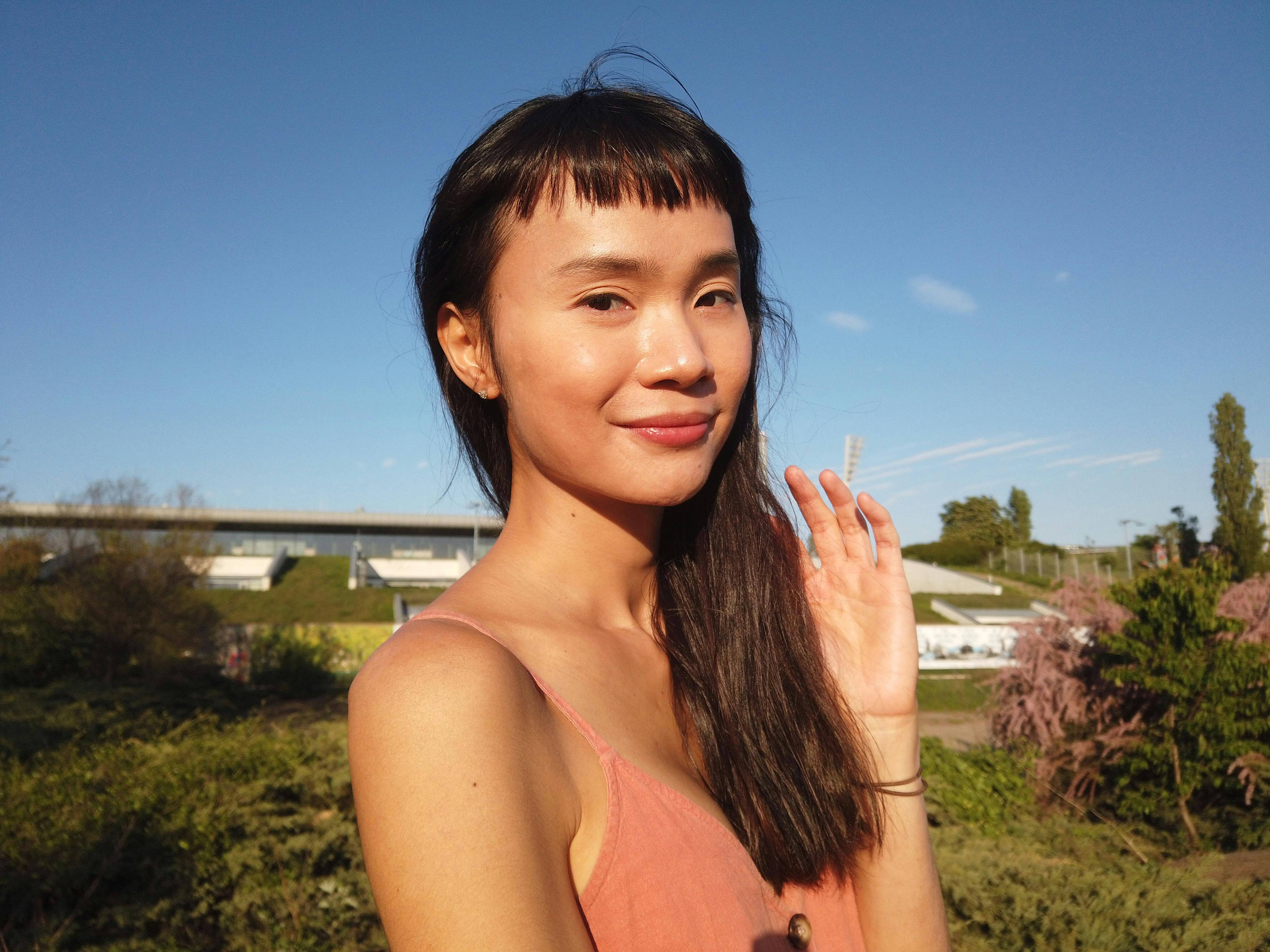In the Philippines, bride customs may change depending on the region, religion, and ethnicity. For instance, some lovers make a unique sticky corn https://www.insider.com/mens-dating-coach-shares-common-mistakes-advice cake or perform standard religious rituals. Some lovers offer things akin to a rehearsal dinner for their friends in a more contemporary building.
Filipinos even have marriage sponsors or “aunties and aunts,” while the majority of people does own a maid of honor. These special friends are known as the “ninang” or “ninong” for the wedding, “ninong” for the groom, and “ninong” for the groom. They participate in ceremonia, including coin ceremonies, shroud ceremonies, and rope ceremonies with candles.
In the Philippines, seeking familial approval is a great part of the wedding custom. In front of the rest of the wedding guests and occasionally even the priest, the ninang or ninong gently touch their parent’s cebuanas review hand to their own forehead, although this is n’t always done during the ceremony itself. They are acknowledging that they are giving their daughter to their partner and show respect for their relatives in this movement.

Another significant ceremony ceremony is known as the pamamanhikan. This crucial stage of a married couple’s relationship is significant because it embodies the man’s commitment to his potential wife’s wedding to her household. The kid’s family accepts his request after that.
In Philippine marriages, the aras or arrhae is a well-known symbol. It is a wedding jewelry with thirteen cash, which represent the couple’s fine health, wealth, and good fortune. It is typically carried by a lovely coin recipient. During the service, the groom subsequently places the aras or arrhae on the couple’s finger.